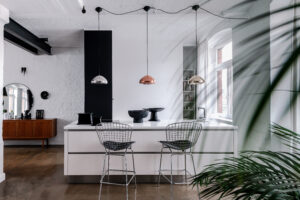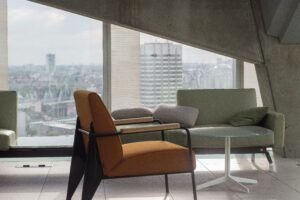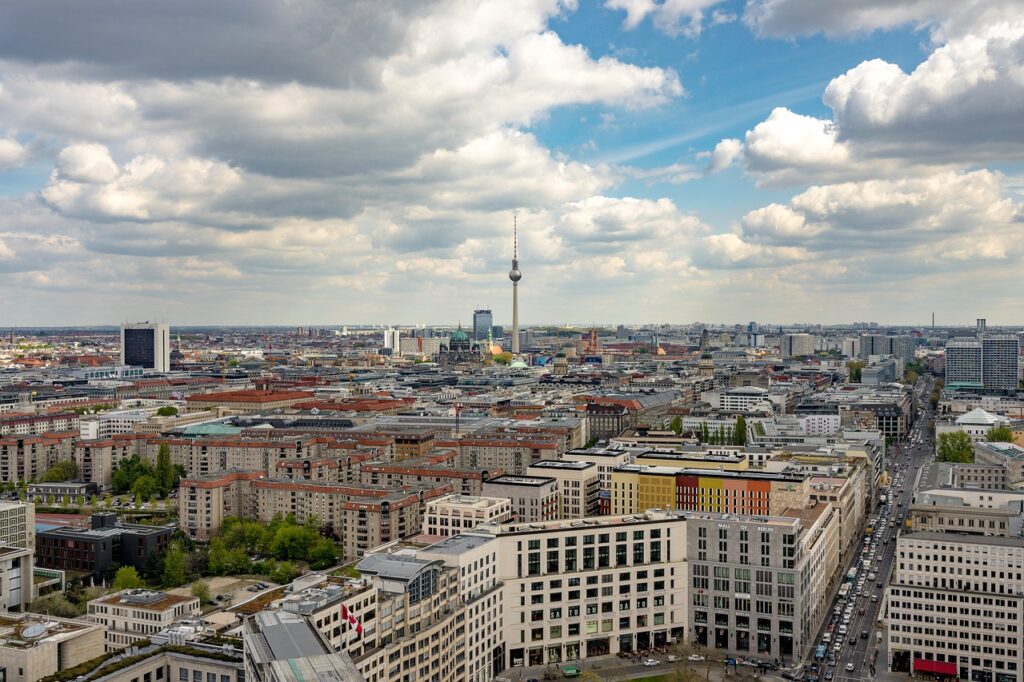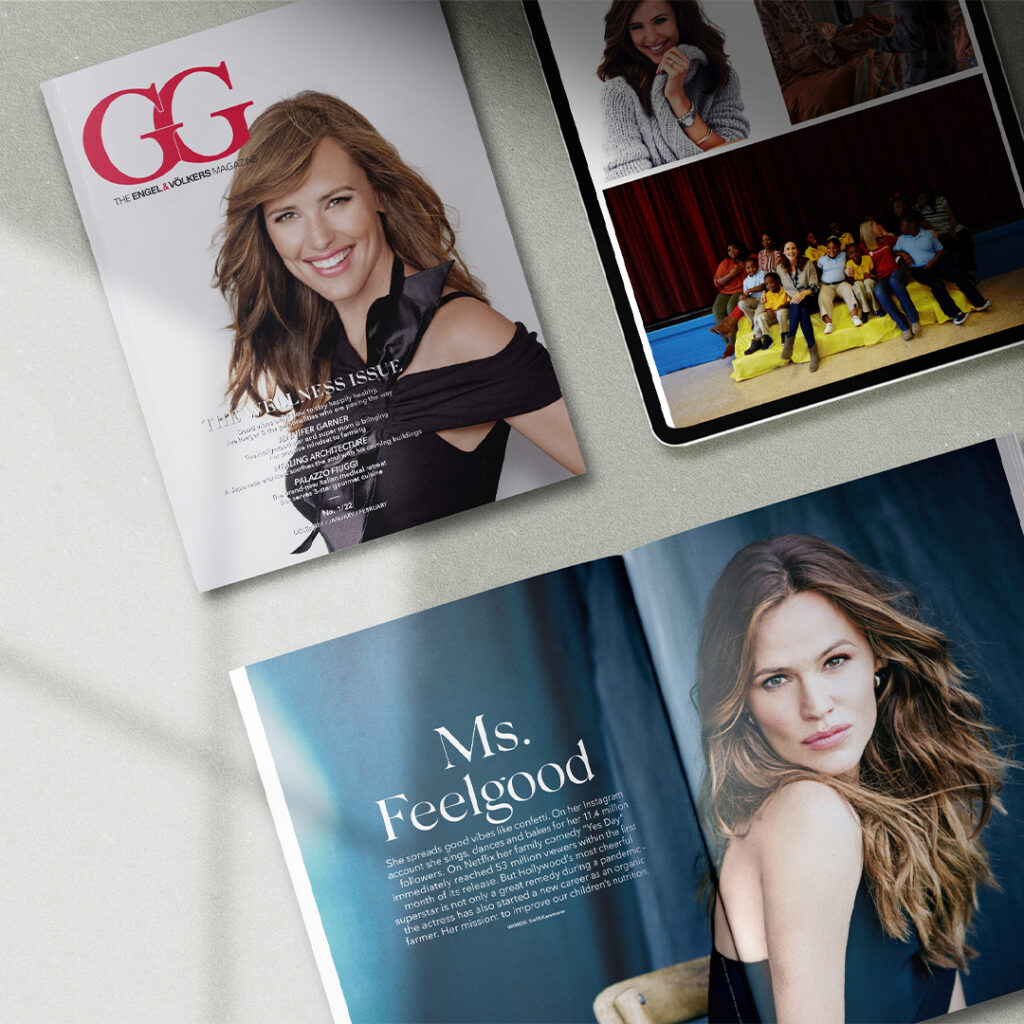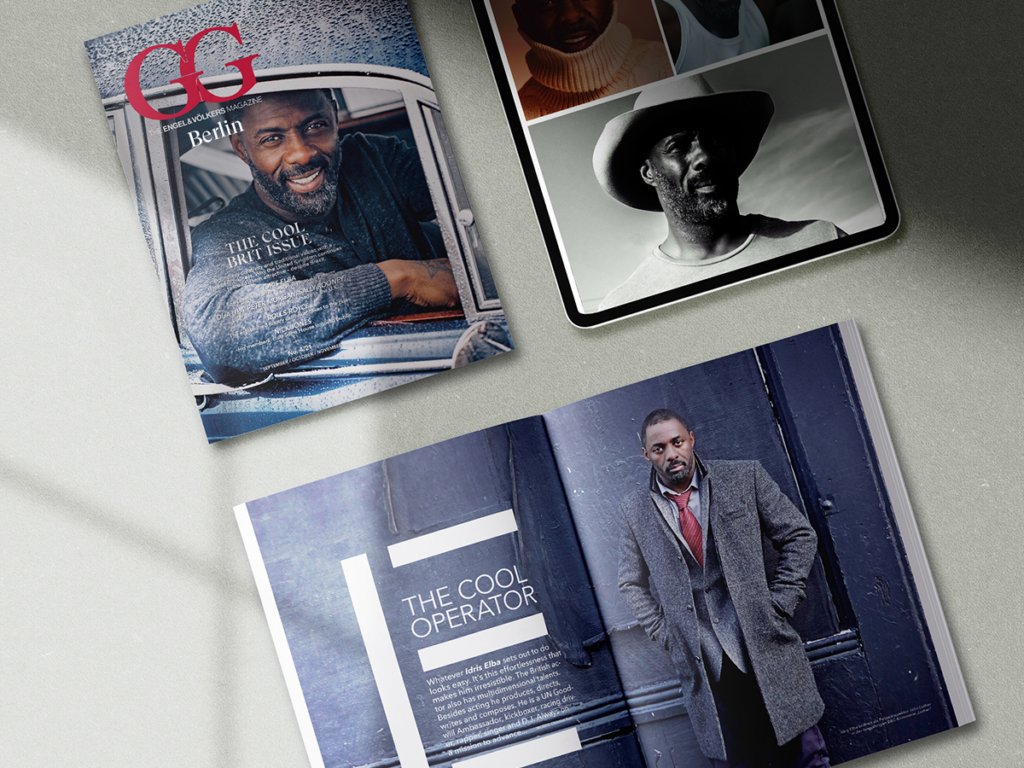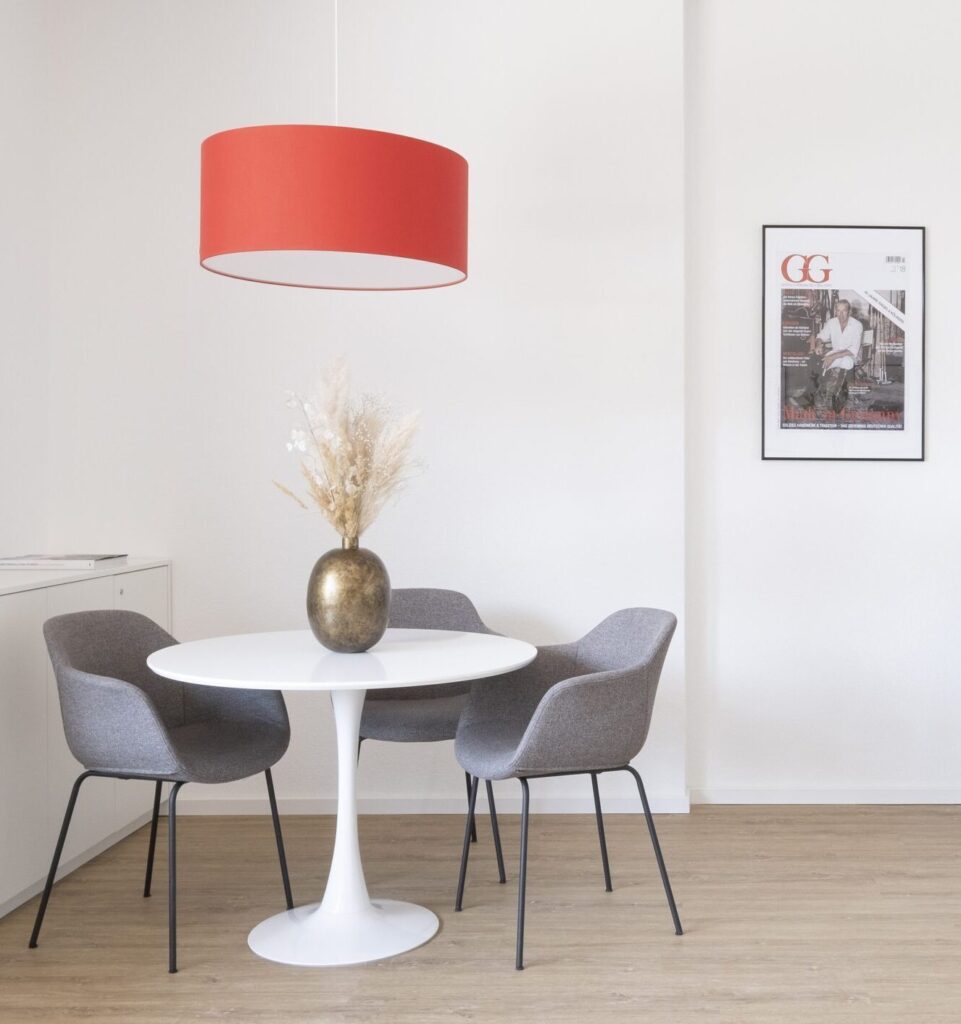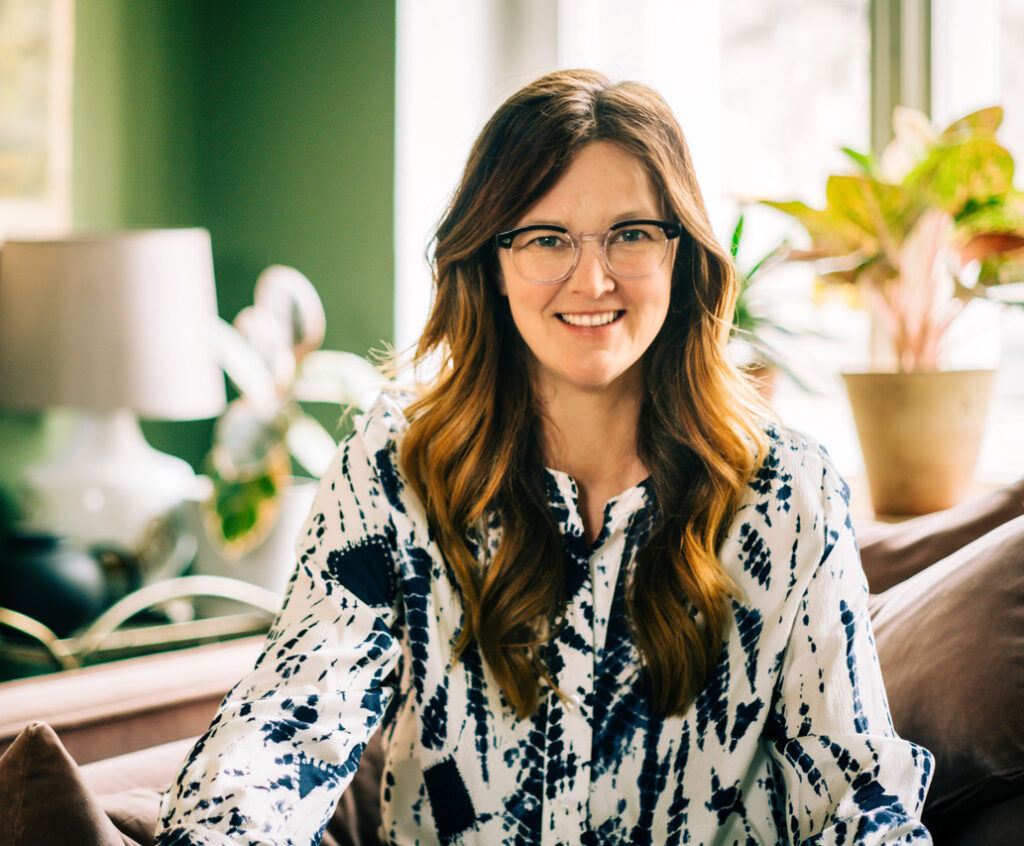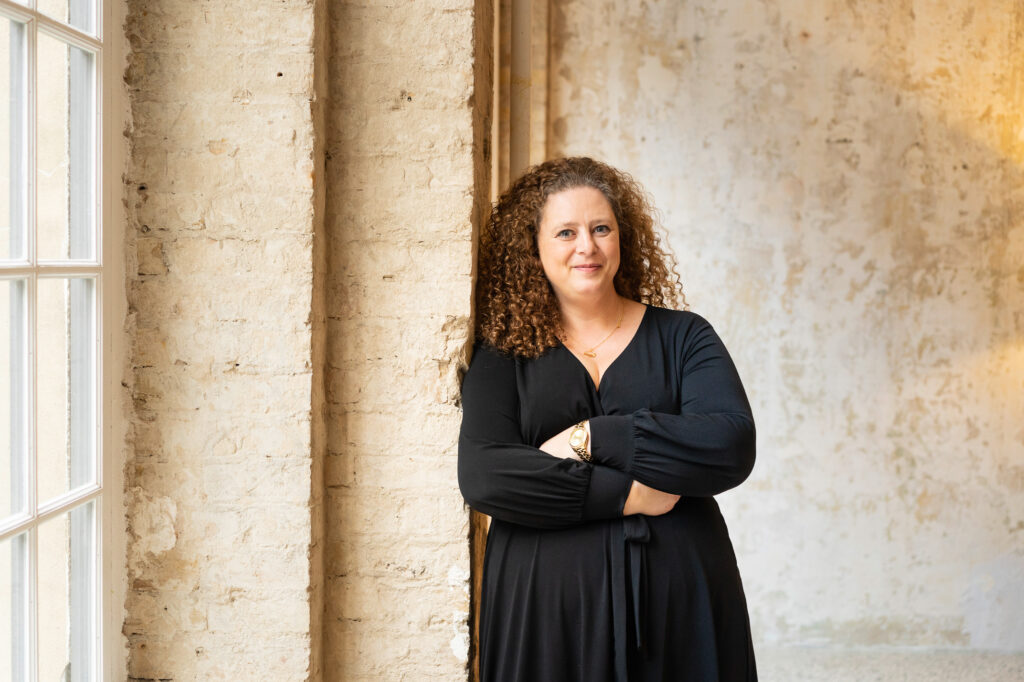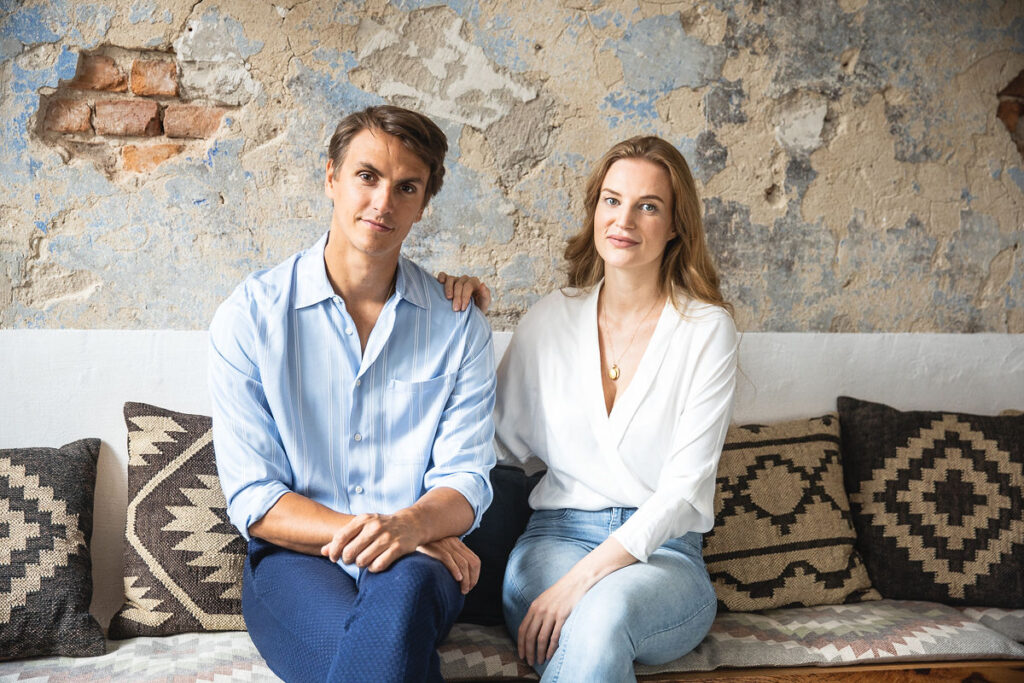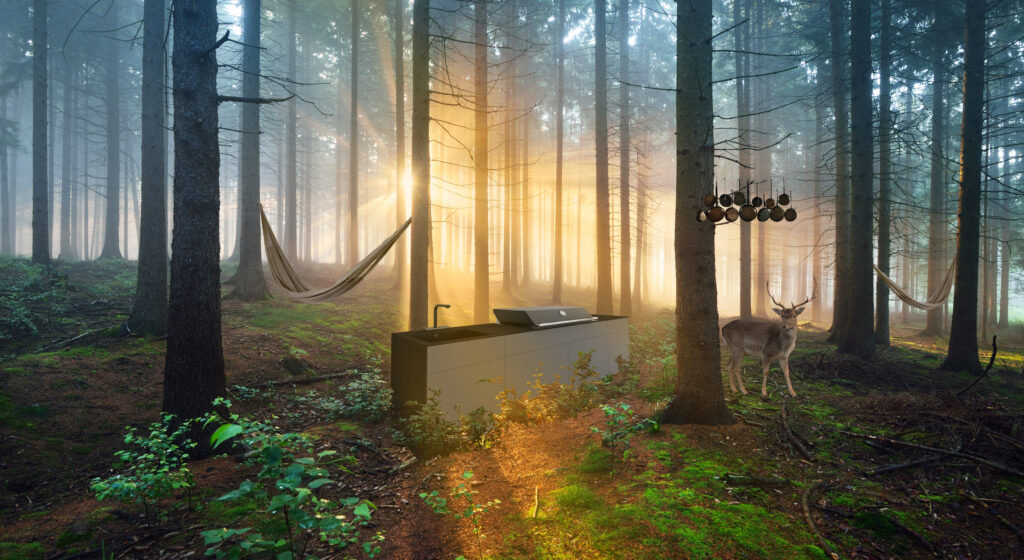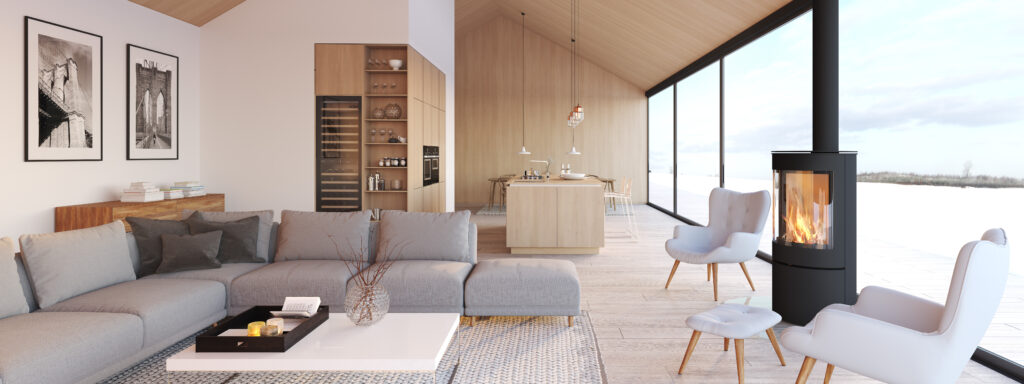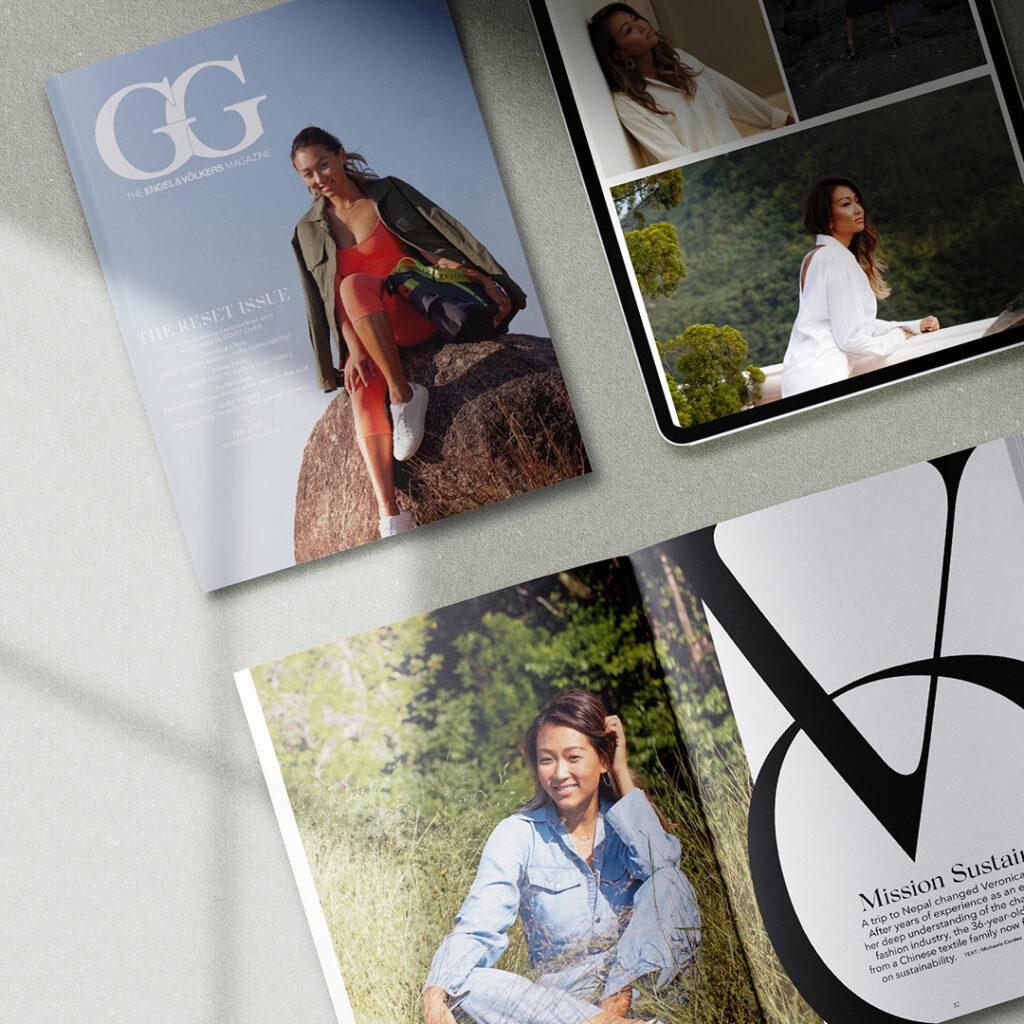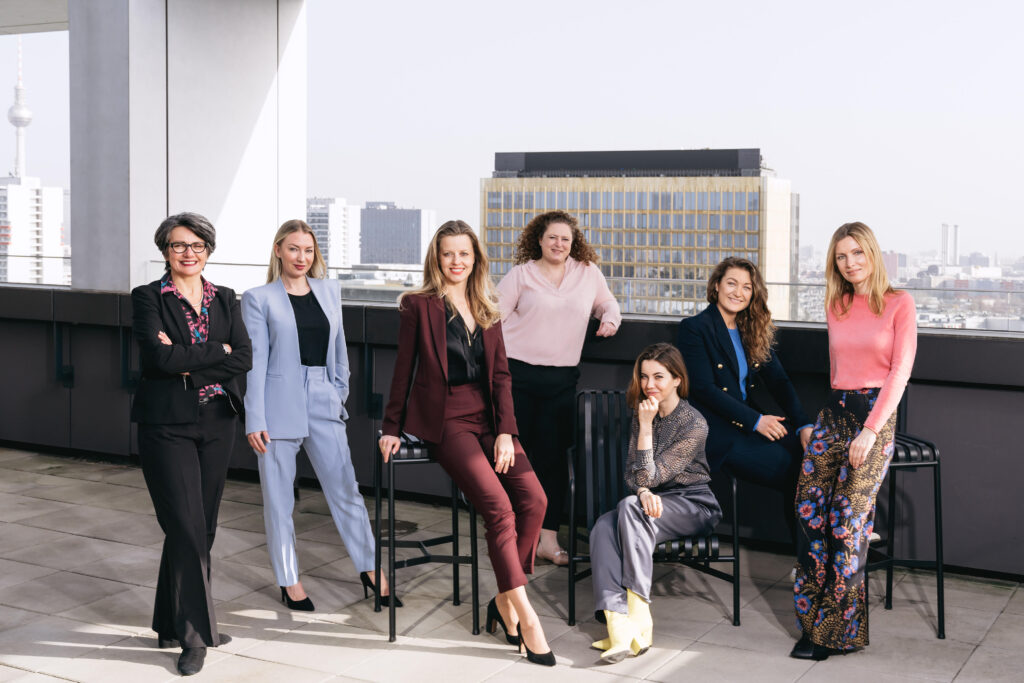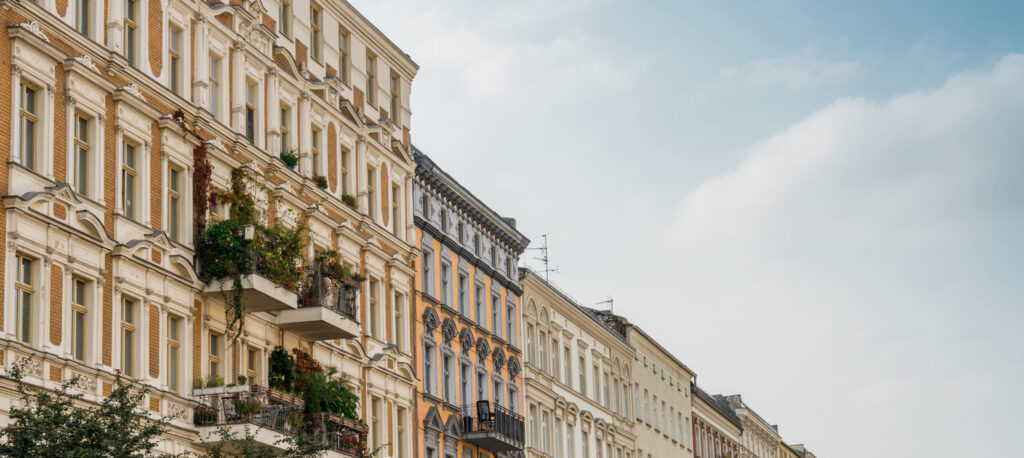Tiergarten
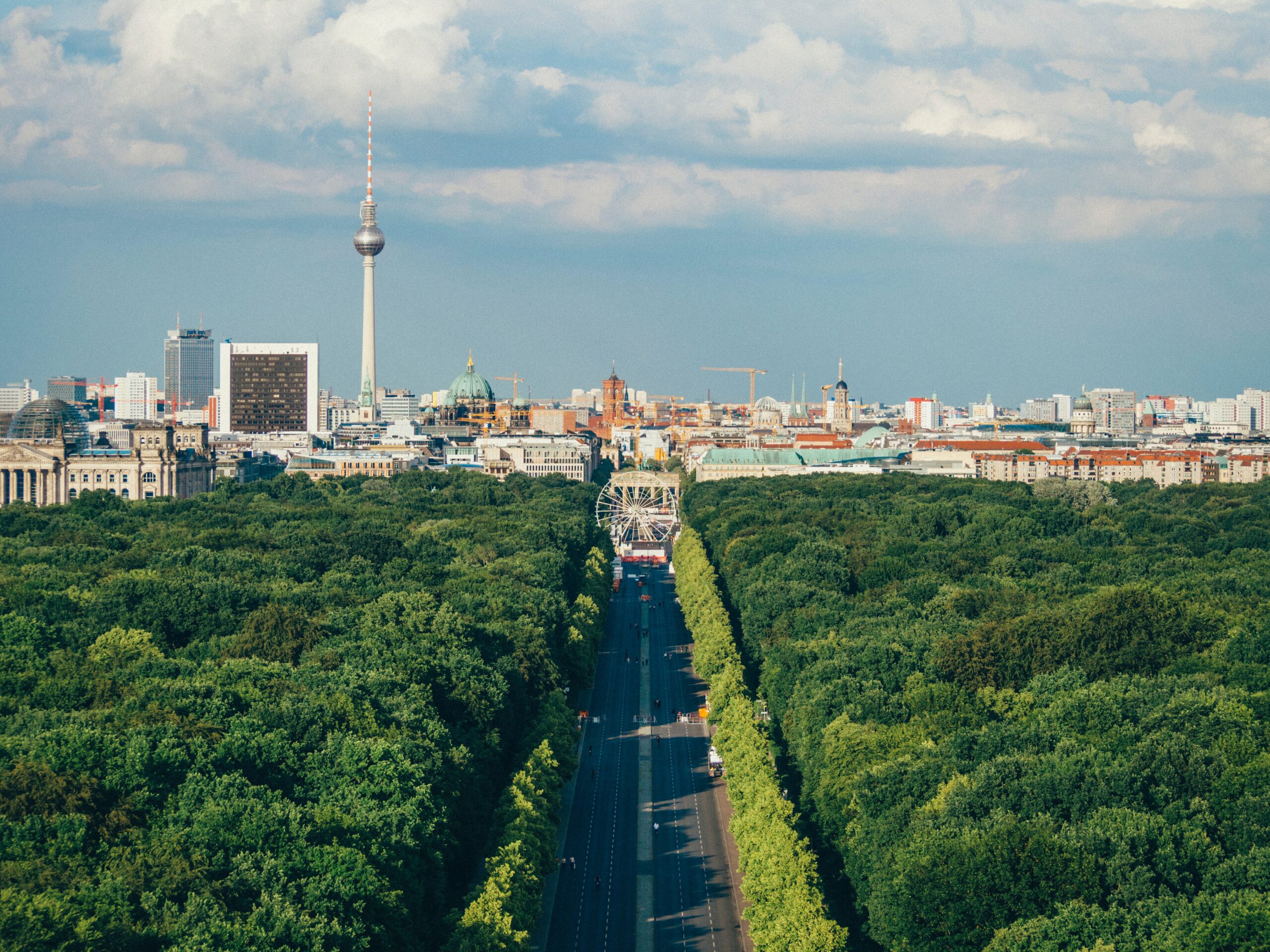
The area around the Tiergarten – Berlin’s green lung – is a sophisticated, natural and elegant place to live. Between culture and modern architecture at Potsdamer Platz and the government district, lavishly renovated old buildings in the Lützow neighbourhood and mid-century architectural monuments in the Hansa area. The comparatively small district is an attractive mix, central yet relaxed.
Compact and refined
Tiergarten has experienced many ups and downs. In the “Golden Twenties”, the district around the Potsdamer Platz was the epicentre of dissolute Berlin life. The Second World War and the Wall turned the cultural centre with its countless cafés, restaurants and entertainment venues into a wasteland. Today Tiergarten has awoken from its slumber. With its spacious modern architecture and the newly created government quarter which characterises the small district. Potsdamer Platz, too, has gained a contemporary face with striking buildings such as the Sony Center and the DB Tower. Alongside politics and business, however, culture is still the beating heart of Tiergarten today. The Kulturforum with the New and Old National Gallery, the Philharmonic Hall and the State Library by Hans Scharoun is an icon of post-war Berlin. Where 20 years ago construction cranes dominated the view, there is still development: Potsdamer Strasse, home of the original Berlin variety theatre “Wintergarten”, is currently developing into the new hotspot of Berlin’s art scene with many galleries and exclusive boutiques. The flats for sale in Tiergarten are of high quality, manageable and correspondingly sought-after.
Highlights & Tips
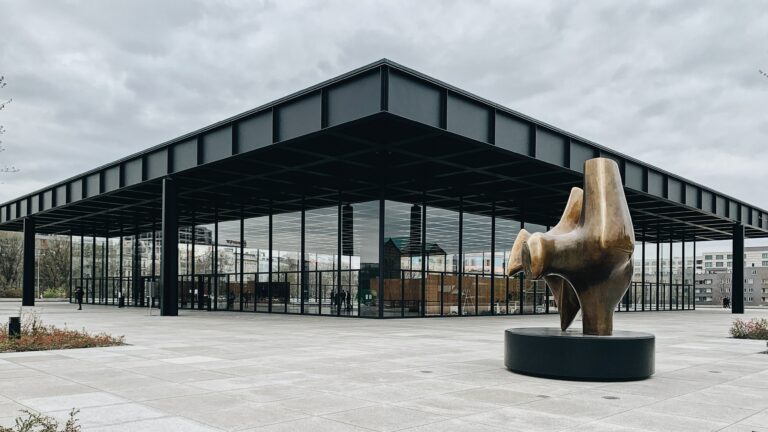
Neue Nationalgalerie
After many years of renovation, Ludwig Mies van der Rohe’s Neue Nationalgalerie from the 1960s is finally reopened. The flat glass and steel building near Potsdamer Platz is an icon of architectural history. The magnificent, newly conceived collection with art from the first half of the 20th century and the green sculpture garden are also must-sees.
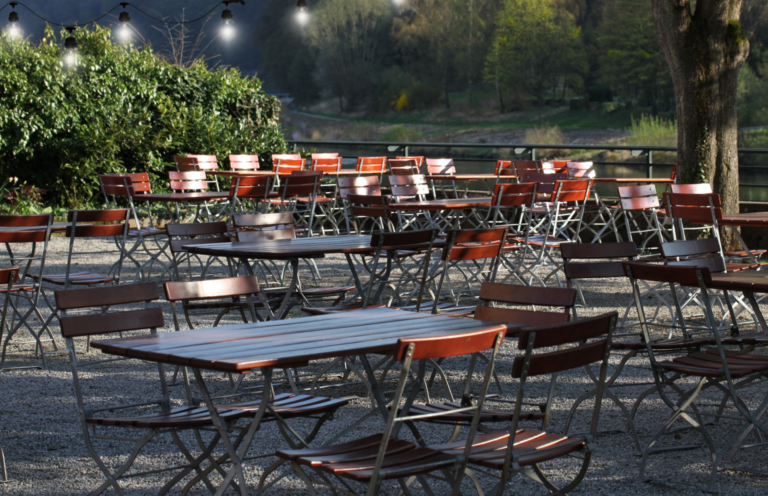
Café am Neuen See
One of the most romantic places in Berlin is the Café am Neuen See. Well hidden under trees in the middle of the Tiergarten, there is a wonderful beer garden with a view of the nearby small lake. In winter, the café-restaurant is enchanted with candlelight, cosy fireplaces, a small Christmas market and ice rinks where you can play curling.
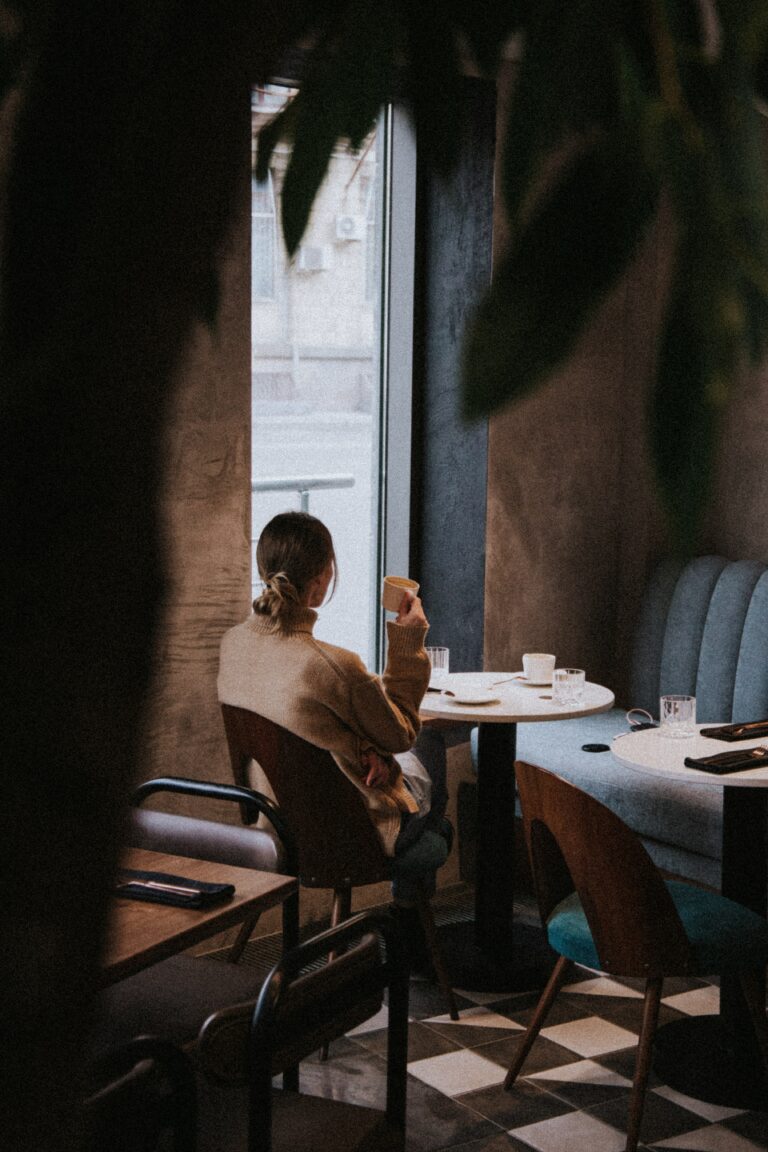
Café Einstein
The chic Viennese-style coffee house attracts visitors to the Neo-Renaissance villa with fresh pastries, coffee as well as cakes every day and is considered a Berlin artists’ meeting place.
Discover the district Tiergarten
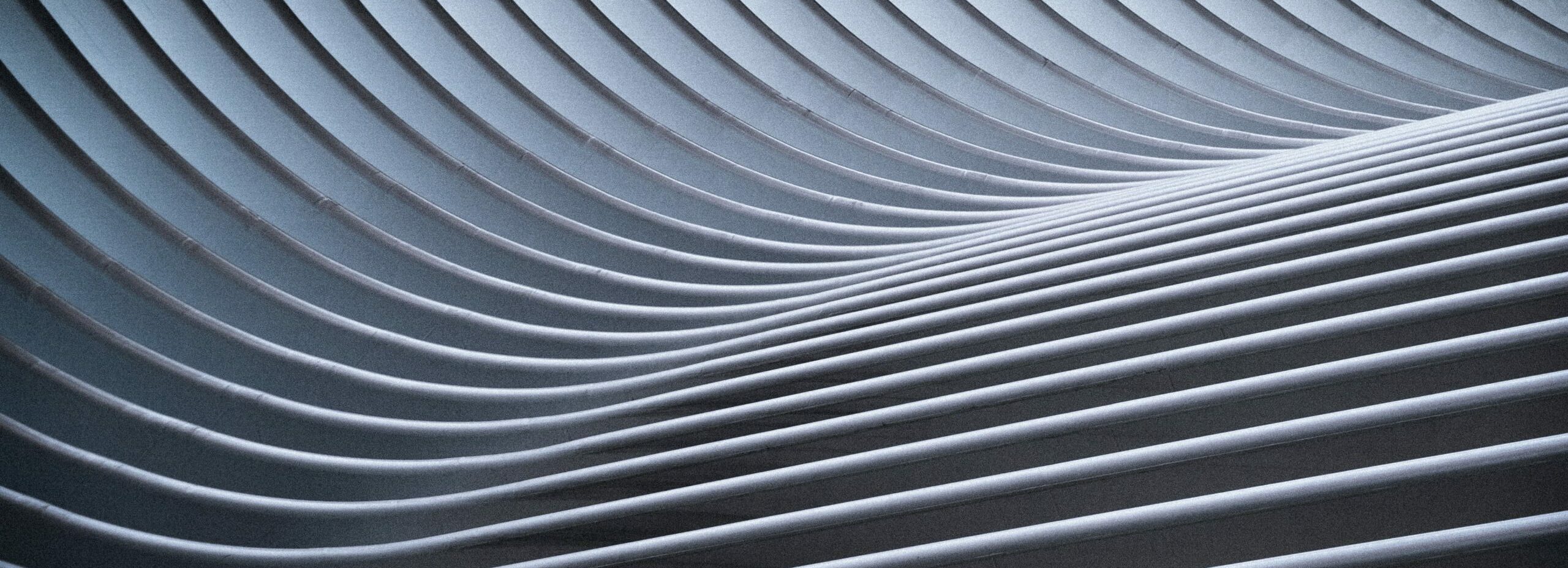
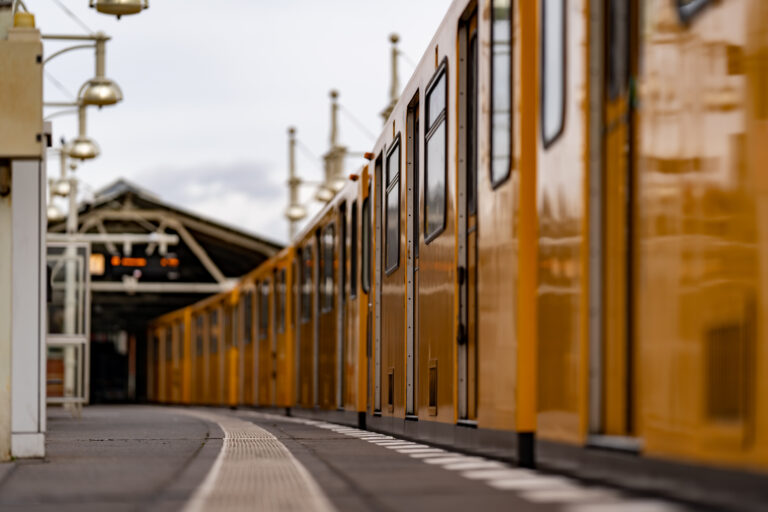
The metropolitan district
The former eastern district is a magnet for new Berliners from all over the world, and it is correspondingly young and lively here. There are plenty of restaurants and places to go out, a strong startup scene and many young families. There are still many open spaces here - the forecast for purchase and rental price development is correspondingly positive.
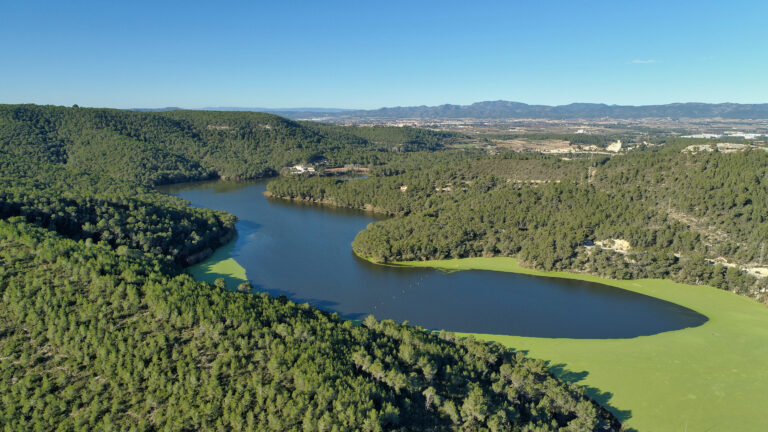
Idyll with city view
Falkensee in Brandenburg has experienced a real boom in recent years. Located in the idyllic Havelland region just outside Berlin, the green town on Falkenhagener See is a real family paradise with lots of nature, a growing cultural scene and an excellent infrastructure. And the capital is only a stone's throw away.
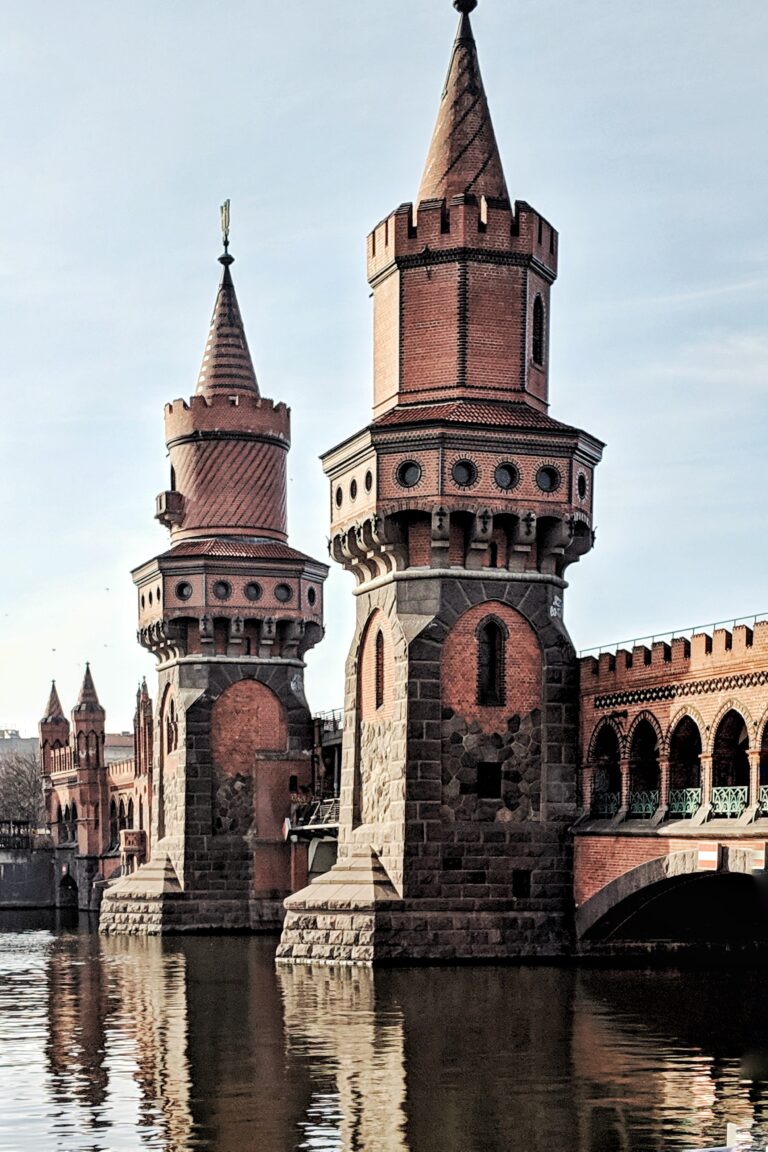
Cool, creative - always wanted
Berlin-Kreuzberg is a district full of contrasts. With its renovated old buildings and its diverse, international cultural scene, the district is a charming mix of idyll and casual savoir-vivre. Kreuzberg attracts young people, but also more and more young families - living here is correspondingly sought-after.
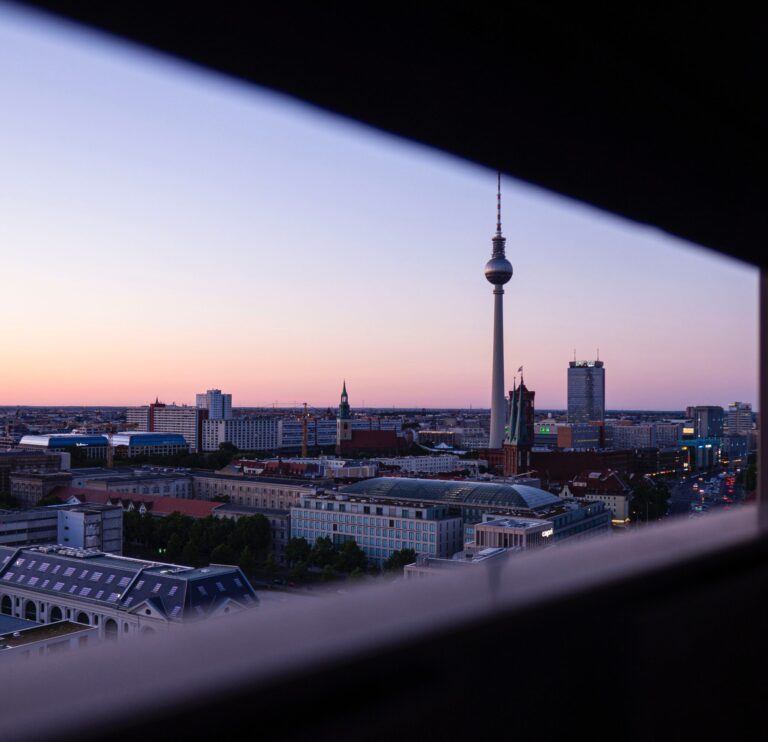
Cosmopolitan, the place to be
History in motion, that is Berlin-Mitte. Nowhere can you experience the Berlin feeling more directly than here, where Prussian history and GDR past meet pulsating life, modern art, culture and architecture. Mitte is the center of the capital: as multifaceted as the whole of Berlin.
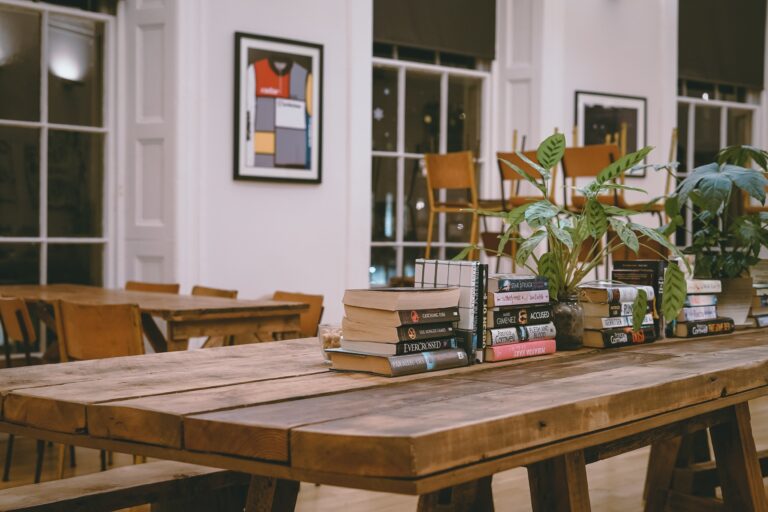
Much more than an insider tip
The cozy, centrally located Moabit with its beautiful old buildings and quiet residential streets is gradually awakening from its slumber. The former working-class district has a lot of historic, mostly renovated buildings, a mature infrastructure with the best shopping opportunities and many cafés and restaurants. Moabit is back!
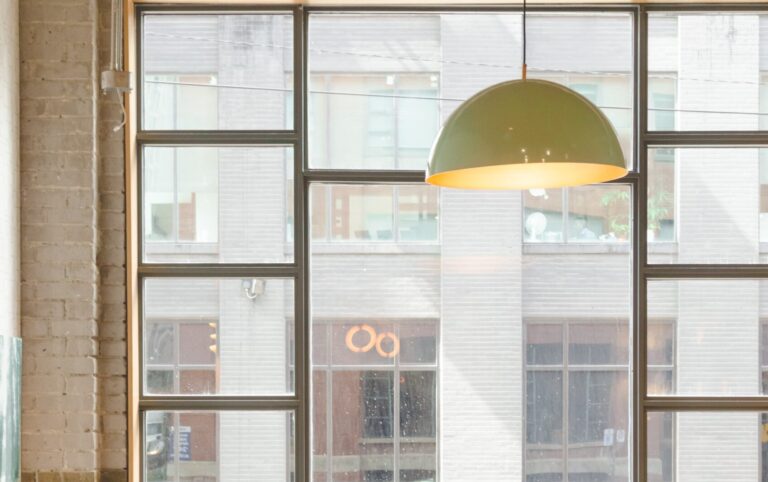
Scene neighborhood with 1,000 facets
The most international and diverse of all Berlin's boroughs: from the hip scene neighborhood in the north to the village idyll in southern Rudow and Britz, you'll find it all here. Neukölln, with its proximity to Tempelhofer Feld and the new Berlin airport, has experienced an unprecedented upswing in recent years - this is also reflected in the rising real estate prices.
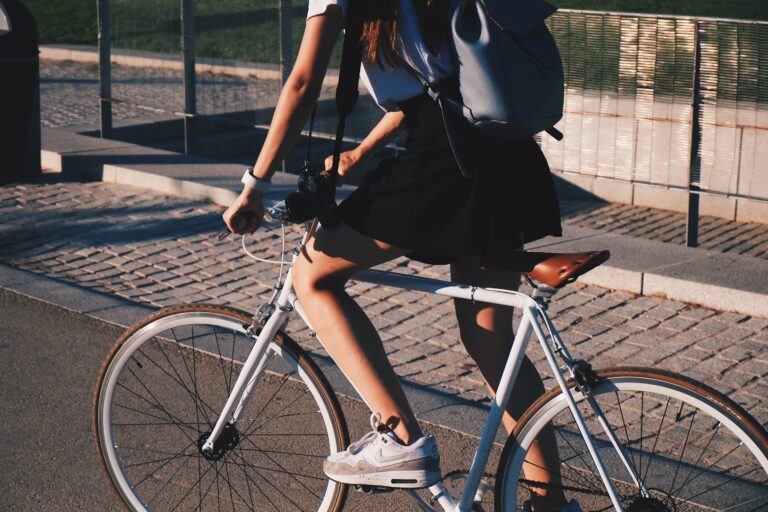
Nature unites with lifestyle & culture
The former noble district of East Berlin with its numerous Gründerzeit buildings is still characterized by the upper middle class today. It has been joined by many young families, who appreciate the good transport links, excellent shopping facilities and proximity to extensive green spaces such as the Botanical People's Park in the northernmost district of the capital.
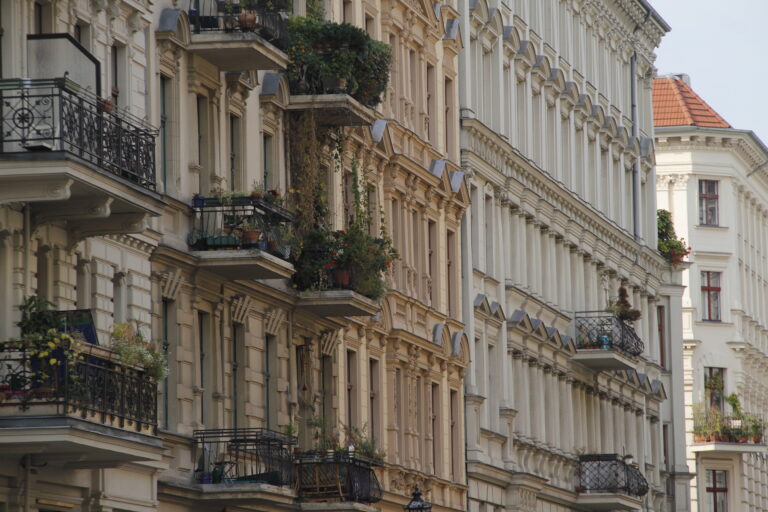
Cosmopolitan, relaxed living
Germany's largest Wilhelminian quarter was an artists' quarter in GDR times. Today, "Prenzlberg" is a paradise for lovers of lavishly renovated old buildings and high-quality modern residential architecture. Gastronomic diversity, cozy squares with beautiful stores and a family-friendly infrastructure make the district extremely desirable.
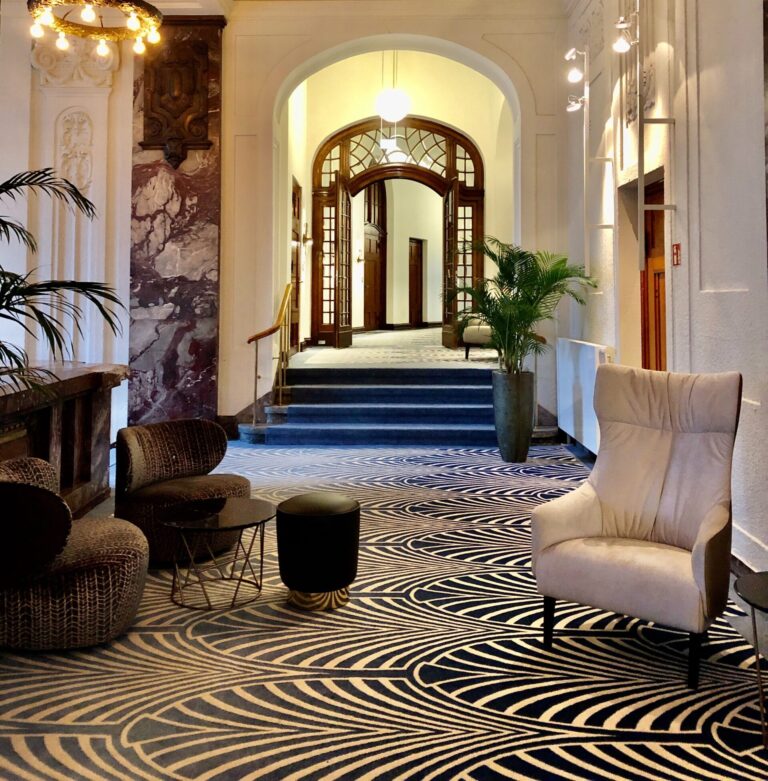
Beautiful living in Berlin
It's nicer to live in Schöneberg. The mature district with its beautiful old buildings is home to numerous families, and at the same time there is still a lively neighborhood culture here. The new Gleisdreieckpark with its attractive modern residential development is a magnet for all those who like it green, relaxed and sporty even in the big city.
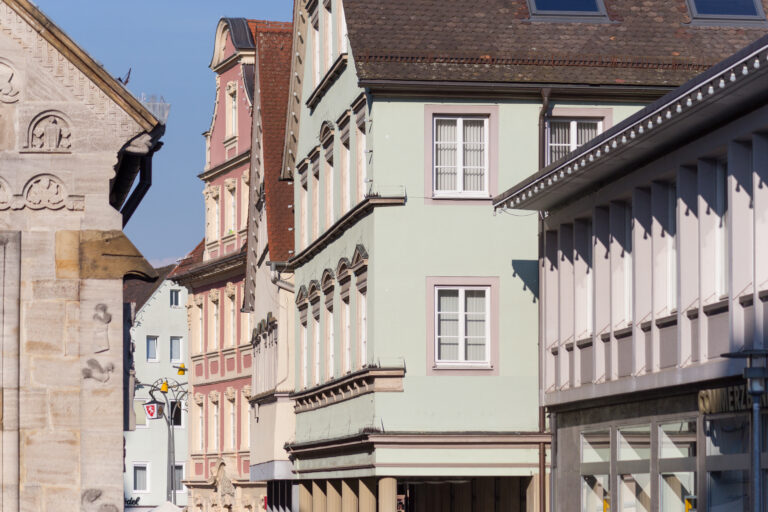
Green forests, lots of water and an old town
Almost like country life: The relaxed Spandau offers greenery, proximity to water, historically grown village centers and quite a lot of space. The former Slavic settlement on the western edge of Berlin is well connected to the inner-city districts - the metropolis can be reached quickly from Spandau, yet it is still quite far away.
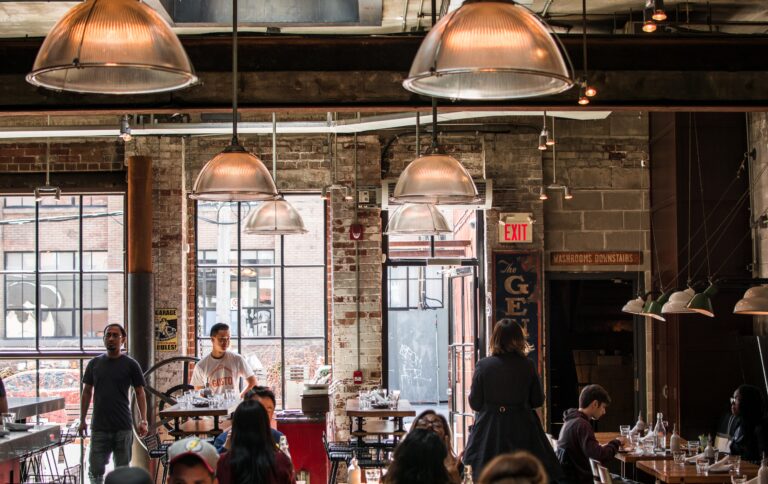
Green multicultural in the middle of Berlin
Now Wedding is really coming: The traditional working-class neighborhood characterized by diversity is now Berlin's youngest trendy district. Students and young families are discovering many new restaurants and cafés in the centrally located district, which borders Mitte and Prenzlauer Berg. With Volkspark Humboldthain, Wedding even has its own green oasis.
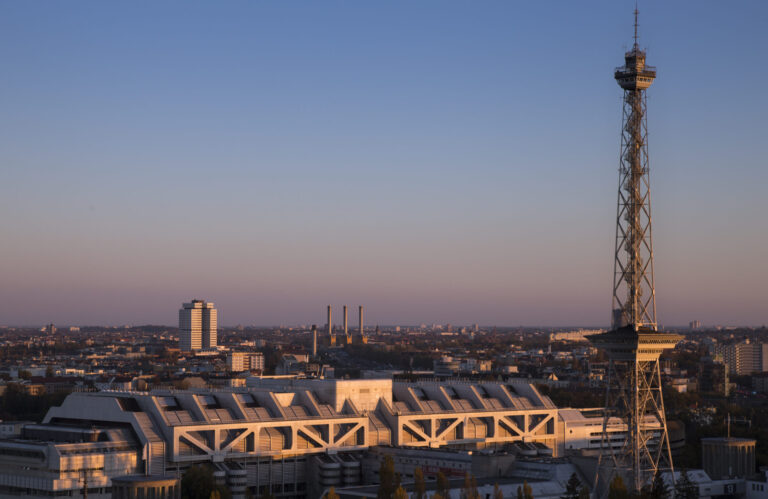
Noble life in new splendor
Berlin-Wilmersdorf is grown bourgeoisie. The shopping opportunities, theaters and restaurants are first class, people meet in specialty stores and at their favorite Italian restaurant. There are stately old buildings here as well as modern residences for the highest demands. You don't move away from Wilmersdorf, you arrive here.


The former eastern district is a magnet for new Berliners from all over the world, and it is correspondingly young and lively here. There are plenty of restaurants and places to go out, a strong startup scene and many young families. There are still many open spaces here - the forecast for purchase and rental price development is correspondingly positive.
Falkensee in Brandenburg has experienced a real boom in recent years. Located in the idyllic Havelland region just outside Berlin, the green town on Falkenhagener See is a real family paradise with lots of nature, a growing cultural scene and an excellent infrastructure. And the capital is only a stone's throw away.
Berlin-Kreuzberg is a district full of contrasts. With its renovated old buildings and its diverse, international cultural scene, the district is a charming mix of idyll and casual savoir-vivre. Kreuzberg attracts young people, but also more and more young families - living here is correspondingly sought-after.
History in motion, that is Berlin-Mitte. Nowhere can you experience the Berlin feeling more directly than here, where Prussian history and GDR past meet pulsating life, modern art, culture and architecture. Mitte is the center of the capital: as multifaceted as the whole of Berlin.
The cozy, centrally located Moabit with its beautiful old buildings and quiet residential streets is gradually awakening from its slumber. The former working-class district has a lot of historic, mostly renovated buildings, a mature infrastructure with the best shopping opportunities and many cafés and restaurants. Moabit is back!
The most international and diverse of all Berlin's boroughs: from the hip scene neighborhood in the north to the village idyll in southern Rudow and Britz, you'll find it all here. Neukölln, with its proximity to Tempelhofer Feld and the new Berlin airport, has experienced an unprecedented upswing in recent years - this is also reflected in the rising real estate prices.
The former noble district of East Berlin with its numerous Gründerzeit buildings is still characterized by the upper middle class today. It has been joined by many young families, who appreciate the good transport links, excellent shopping facilities and proximity to extensive green spaces such as the Botanical People's Park in the northernmost district of the capital.
Germany's largest Wilhelminian quarter was an artists' quarter in GDR times. Today, "Prenzlberg" is a paradise for lovers of lavishly renovated old buildings and high-quality modern residential architecture. Gastronomic diversity, cozy squares with beautiful stores and a family-friendly infrastructure make the district extremely desirable.
It's nicer to live in Schöneberg. The mature district with its beautiful old buildings is home to numerous families, and at the same time there is still a lively neighborhood culture here. The new Gleisdreieckpark with its attractive modern residential development is a magnet for all those who like it green, relaxed and sporty even in the big city.
Almost like country life: The relaxed Spandau offers greenery, proximity to water, historically grown village centers and quite a lot of space. The former Slavic settlement on the western edge of Berlin is well connected to the inner-city districts - the metropolis can be reached quickly from Spandau, yet it is still quite far away.
Now Wedding is really coming: The traditional working-class neighborhood characterized by diversity is now Berlin's youngest trendy district. Students and young families are discovering many new restaurants and cafés in the centrally located district, which borders Mitte and Prenzlauer Berg. With Volkspark Humboldthain, Wedding even has its own green oasis.
Berlin-Wilmersdorf is grown bourgeoisie. The shopping opportunities, theaters and restaurants are first class, people meet in specialty stores and at their favorite Italian restaurant. There are stately old buildings here as well as modern residences for the highest demands. You don't move away from Wilmersdorf, you arrive here.
